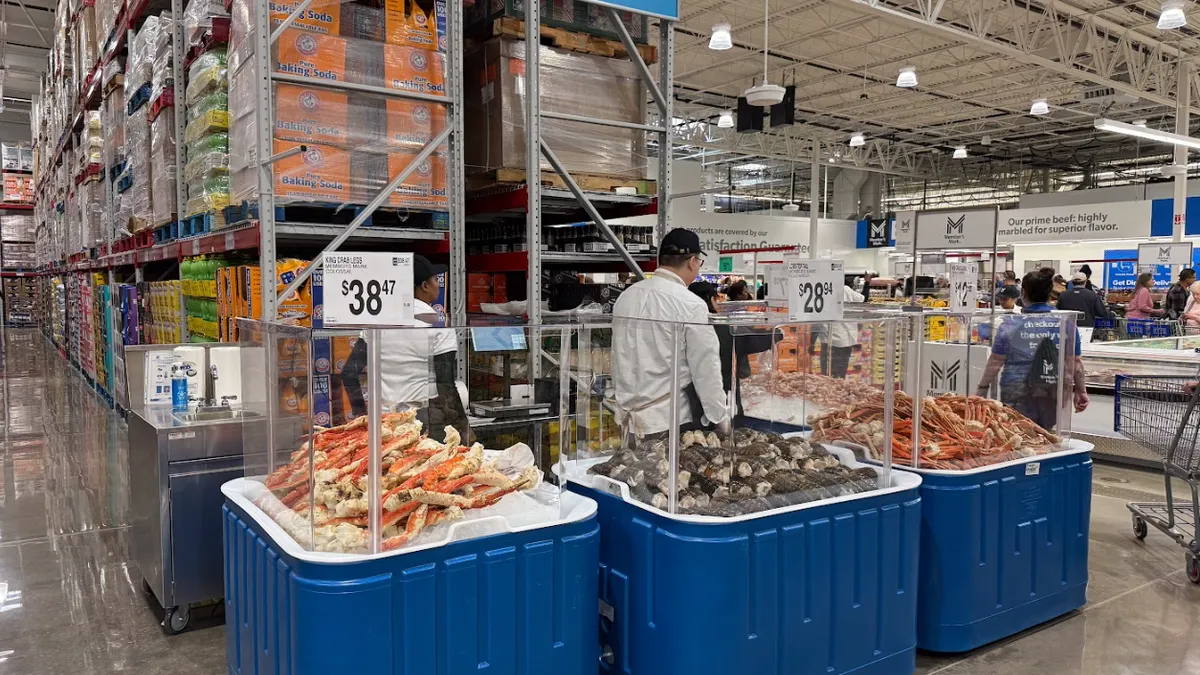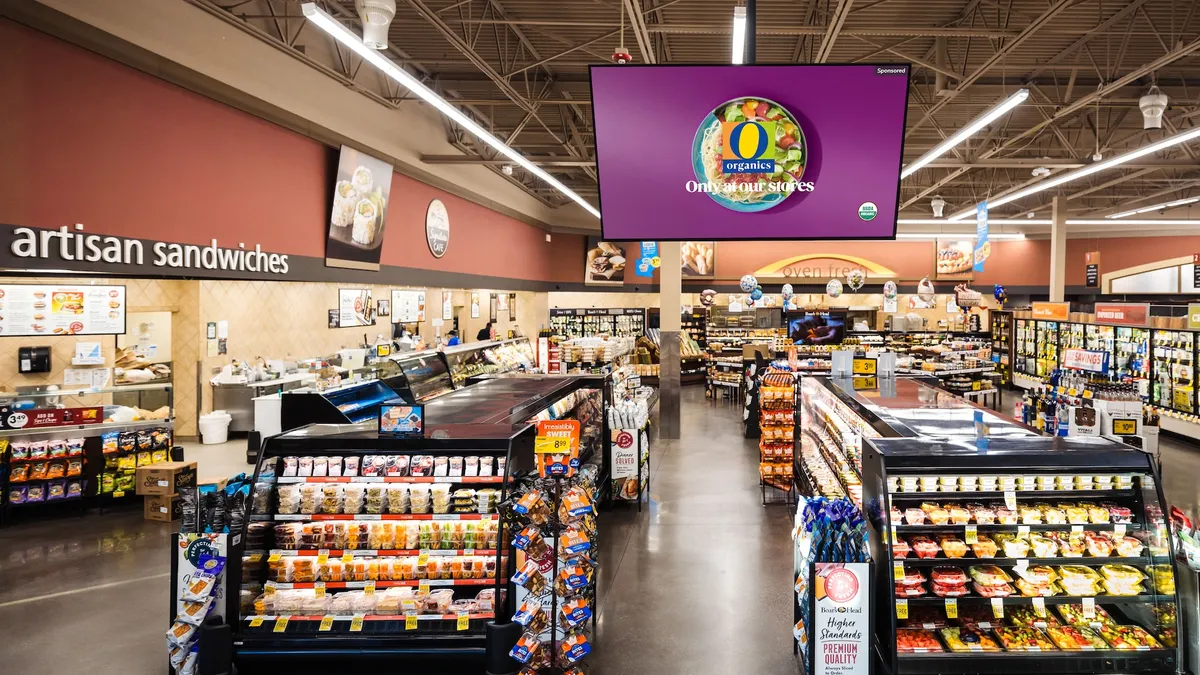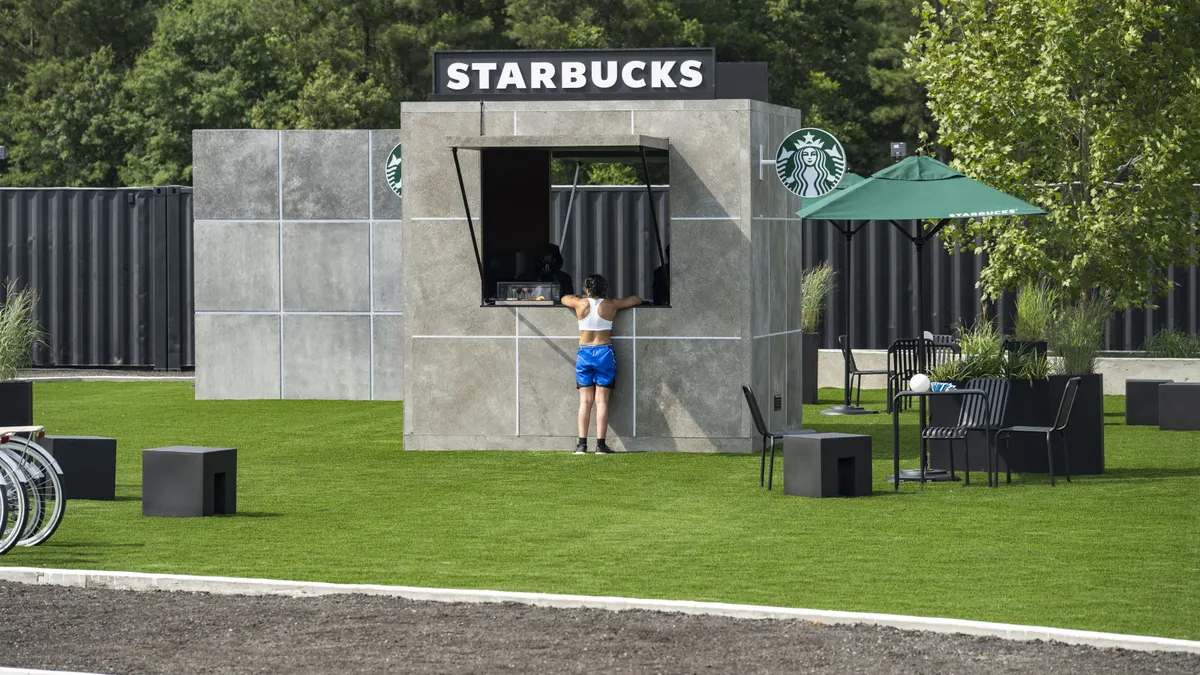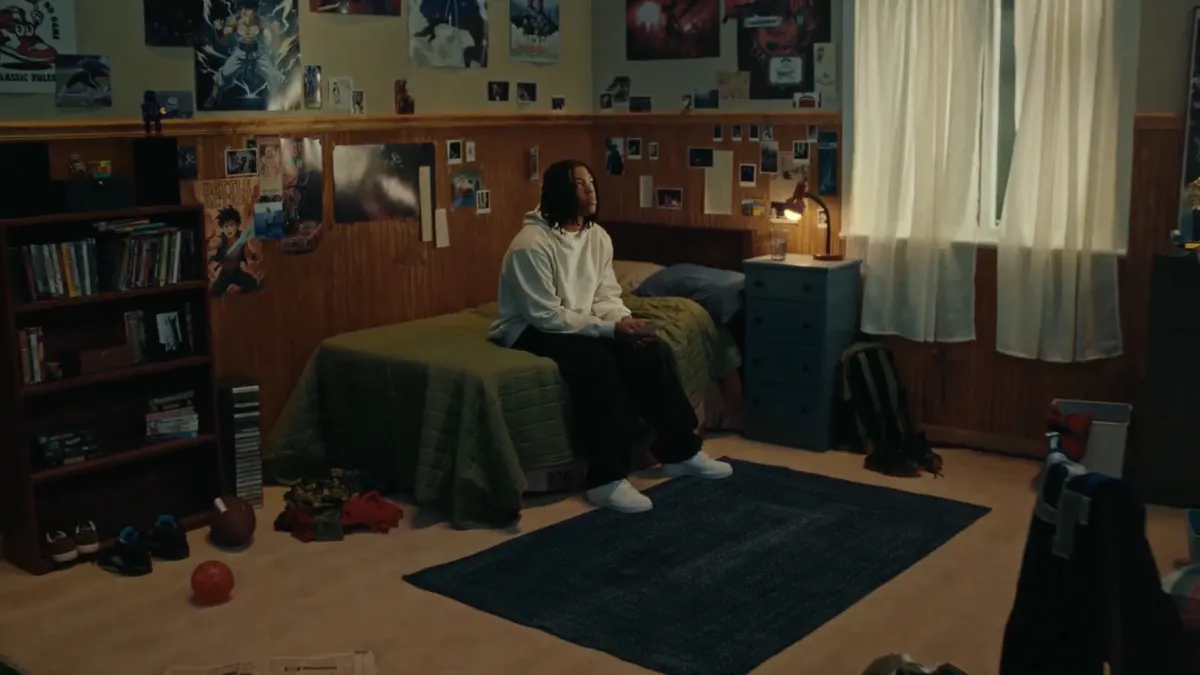The following is a guest piece written by Harvey Ma, vice president and general manager, Sam's Club Member Access Platform. Opinions are the author’s own.
The future of in-store retail media isn’t filling a store with more rows of screens. The goal is to build customer-centric experiences to create what I call a true retail experience network. Real success comes from creating moments that enhance the shopping journey and drive measurable outcomes.
A year into my role leading Sam’s Club Member Access Platform (MAP), I’ve seen how quickly the conversation around in-store retail media has evolved. Retailers are no longer thinking of their physical footprints simply as places to sell products, but also as platforms for experiences that engage shoppers in meaningful ways while driving measurable growth from advertising.
This shift isn’t just an idea a few retailers are exploring. It reflects broader trends taking shape across the industry. According to Deloitte’s 2025 U.S. Retail Industry Outlook, 80% of shopping still takes place in physical stores. More than one-third of retail executives surveyed stated that enhancing the in-store experience is one of their top priorities for growth. Many are investing in elements like touchscreens, virtual reality and augmented reality technologies that bring a brand’s story to life.
In-store remains the most immersive, influential touchpoint, yet it’s the least digitized. Retail media needs to enhance experiences, bridging the gap between physical and digital, to create a cohesive media ecosystem across screens and shelves.
Media and merchandising must work in concert
The industry-wide question of whether retail media is media or retail misses the point. It’s both. Its real power comes when media tactics and merchandising strategies support each other to create a unified shopper experience that drives measurable outcomes.
Every element in the store, from packaging and shelf layout to signage and product mix, plays a role in shaping what the shopper sees, considers and buys. None of these elements operate independently. What’s on the shelf influences how an ad performs, just as campaign data can highlight products that deserve more visibility or support. That exchange of insights goes both ways.
Packaging affects how quickly a product gets noticed. Shelf presence can double as a media impression. Assortment decisions become sharper when informed by what media data shows about shopper intent or missed opportunities. The tools of digital marketing, such as targeting, A/B testing and real-time feedback, are just as relevant in-store as they are online.
Shoppers don’t experience marketing and merchandising as separate tracks in a store. They see what’s in front of them, respond to what’s useful or relevant and move on. Retailers and brands that recognize this reality and build around it will be better able to influence decisions in the moment.
Connect and engage
The most effective in-store retail media integrates with digital touchpoints to guide customers in real-time, making the shopping journey feel effortless.
Striking the right mix of passive and active media is key. Certain touchpoints work best when they inform or spark ideas without asking anything of the shopper. Others deliver more impact when they invite a physical interaction, such as scanning a QR code, sampling a product or testing a feature on a display. Blending both creates a trip that feels lively and engaging, without crossing the line into disruption or irritation.
A well‑planned experience aligns with the broader merchandising strategy so every interaction feels intentional and seamless, not siloed. Consider the shopper who researches a product online at home and receives an in-store reminder or a tailored promotion when they approach that category, or a customer using mobile checkout to complete purchases that can quickly discover new items they might not have considered.
Don’t stop at deploying interactive screens or adding features to a mobile app. Look at every touchpoint in and around the store as an opportunity to spark interaction. Sampling stations and product demos that allow shoppers to see, touch and try items before making a purchase give advertisers a way to put products directly in their hands. When experiences align with merchandising plans, such as featuring high-priority SKUs or timely product launches tied to seasonal demand, they do more than engage. They help products move faster off the shelf and stand out in a crowded category.
Immersive brand zones, whether inside the club or in nearby spaces like parking lots, create lively, unexpected moments that drive discovery and sales. A tasting table, a hands‑on demo or a pop‑up event can surprise shoppers, start conversations and introduce items they hadn’t planned to buy, while giving advertisers clear proof that the experience delivers results.
The problem with screen‑first strategies
In‑store retail media does not begin and end with adding more screens. Screens by themselves can’t build brand loyalty. They’re one-way communication vehicles that become background noise rather than a source of value that sparks action or creates any meaningful connection with shoppers.
Experiences are different. They create two-way interactions that invite shoppers to respond and foster genuine connections. Unlike a screen, experiences can engage all the senses, including sight, sound, touch, taste and even smell. That multisensory layer is what makes an in‑store moment memorable and worth returning to.
Measuring impact
To deliver real value, tie every digital and physical touchpoint to measurable outcomes. That means connecting what happens online, in-app and in-store into a single view of the customer journey.
Map the customer journey from the parking lot to checkout to identify conversion points when a shopper moves from interest to action. Understanding where those points exist helps retailers design experiences that influence decisions and drive results.
Along with tracking impressions, identify what they lead to, such as incremental sales lift, engagement with specific offers, products explored or indicators like customer satisfaction and repeat visits. This level of insight changes the conversation with your advertiser partners. Instead of asking them to invest in impressions alone, you can show them how an integrated in‑store experience delivers real performance.
Set a new standard for in‑store retail media
Retailers are no longer thinking of their physical footprints simply as places to sell products, but also as platforms for experiences that engage shoppers in meaningful ways while driving measurable growth from advertising. The goal is to deepen trust with shoppers, deliver actionable insights to advertisers and bridge the physical and digital worlds.
To move the industry forward, we need to close the gap between media and merchandising by thinking about experience holistically. Success depends on aligning strategy across how packaging, shelf placement and digital engagement work together in the same space. Connecting these elements influences behavior, builds trust and delivers results you can track.


















